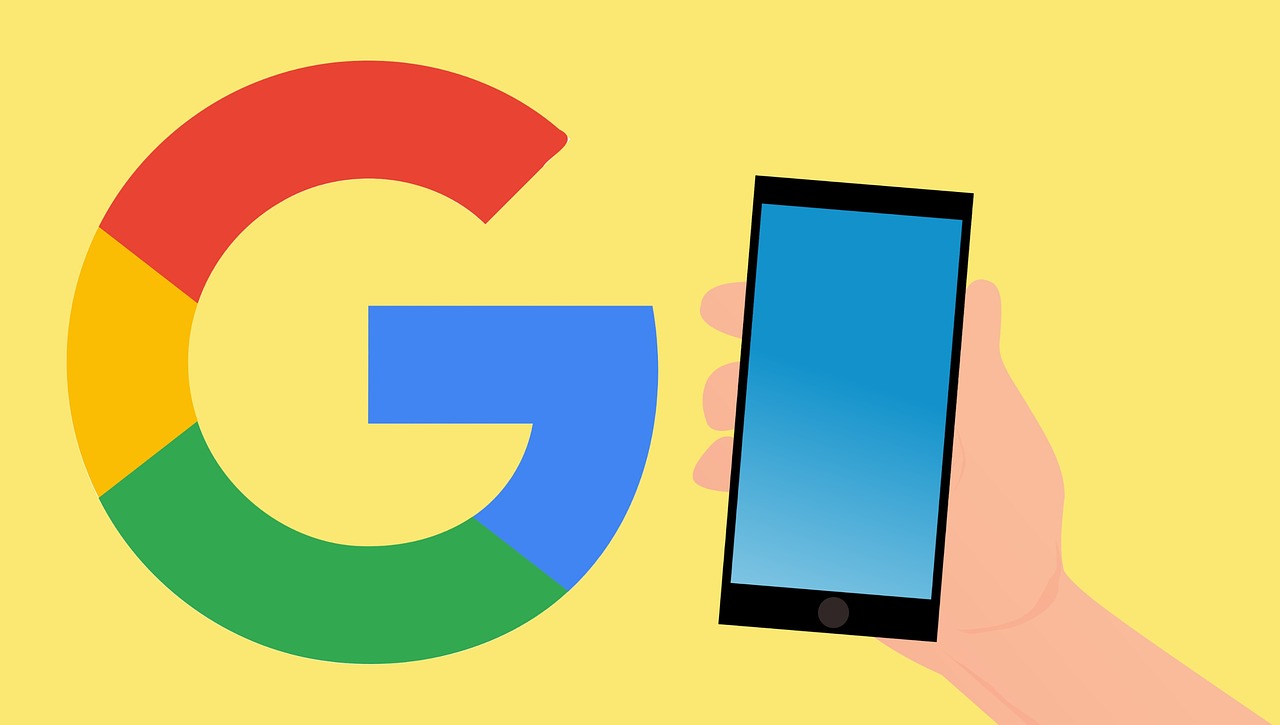Uninterrupted listening in your Android device

January 26, 2023
Nowadays, there are over 3 billion active Android devices worldwide, and even more devices being used alongside them. For that reason, Google has been working hard in order to build a complete ecosystem even smarter so that all your devices will be correctly connected. Let’s see how it goes!
Built-in technology
As you know, a few days ago, CES 2023 took place and Google used the opportunity to show many ways in which their technology already helps your devices work better together and new ways to experience entertainment, including expanding our work with Spotify for uninterrupted listening.
New media experiences that move with you
If you’re one of those users who enjoy listening to music anytime, anywhere, probably the fact that you can control everything from your phone will seem like a very comfortable and even funny option.
However, it is certainly a little frustrating to change between the devices in which you want to play your music if you have to go into each app to manage the controls, isn’t it?
Well, as always, Google has a solution for almost everything and this time isn’t different, as with Android 13, they designed a a refreshed media player on your Android phone’s lock screen and notification section that allows you to quickly select which compatible Bluetooth or Chromecast built-in devices to play your content on (currently available with YouTube and YouTube Music).
Don’t have Youtube music or simply prefer Spotify? No worries! Google is working closely with this streaming service to enable their users to easily switch playback between any Spotify Connect device from Android’s media player.
Let your audio content move with you
As you read, Google is implementing a new way in which your audio content never leaves you and moves with you throughout the day. You’ll see, this strategy consists in using notifications on your devices, with just one touch you can start listening to either a track or a podcast in your car, continue on your phone and headphones and finish on your TV at home.
As you move your physical location, you’ll see these media notifications on your phone or other devices asking if you’d like to transfer the audio over to a nearby device. Of course, they are working with Spotify and YouTube Music to use these notifications to help users enjoy the content they are streaming, on the most optimal device available to them. So it is only a matter of time before it is fully implemented.
Android’s technology stack
In this way we can figure out that these experiences are a clear example of Android being built to enable cross-device experiences, alongside operating systems like ChromeOS.
First of all, Android and Chrome OS were both built to be flexible, open and able to work seamlessly together. And it continues with Android’s three-layer technology stack that recognizes your proximity to another device and context in how you use it, to bring you a new level of convenience and ease of use.
Android’s three-layer technology stack
The first layer is based on the recognition of the physical distance between different devices can be measured using wireless technologies such as Bluetooth Low Energy, Wi-Fi and ultra-wideband (UWB).
In the second layer we have the device discovery and context-aware capabilities that identify which device you may want to use based on your current activity. Finally, the third layer understands and adjusts actions based on how you interact with your devices with cross-device intelligence.








